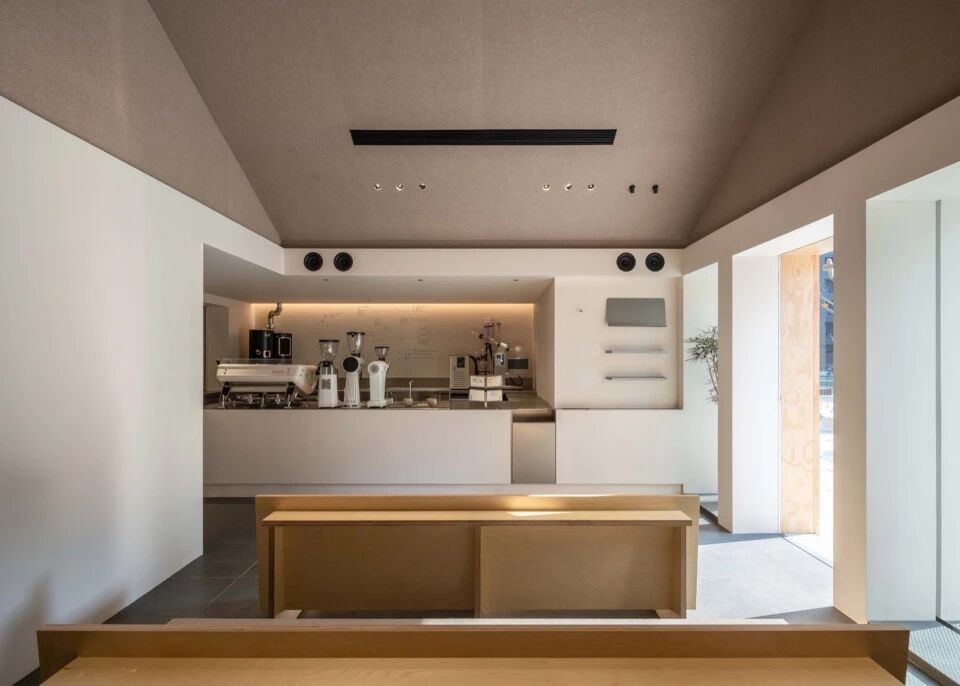Zhongshuge Bookstore, Chongqing
2019-08-05 17:37
It seems that nearly every week, we discover another massive, new bookstore somewhere in China.
几乎每一周,我们都会在中国的某个地方发现另一个巨大的新书店。
Their size would represent mindboggling square-footage in any retail category, but it is even more amazing that this kind of growth is happening in bookstores.
他们的规模将代表任何零售类别的呆板平方英尺,但更令人惊讶的是,这种增长正在书店里发生。
Isn’t it a known fact that bookstores are a dying breed? And nobody reads physical books any more, and everyone buys their books online.
这不是已知的事实吗,书店是一个死亡的品种?没有人再读实体书,每个人都在网上购买他们的书。
Clearly, these statements do not hold true in China, or the retail rent and profit structures are so different from the typical western models that this type of large-scale “Promote Reading of Physical Books” assault is actually profitable. Or, perhaps the goal of these stores is purely educational and not retail profit.
显然,这些说法在中国并不成立,或者零售租金和利润结构与典型的西方模式是如此不同,以至于这种大规模的“促进阅读实体书”的攻击实际上是有利可图的。或者,这些商店的目标可能是纯粹的教育,而不是零售利润。
Whatever the goal, this phenomenon is bringing forth a fantastical series of enormous stores.
不管是什么目标,这种现象都带来了一系列神奇的巨大商店。
We have featured several of the Shanghai Zhongshu Industrial Ltd.’s megastores previously, most of them designed by their go-to design firm, the Shanghai-based X living.
上海中舒实业有限公司是一家集上海中舒泰实业有限公司为一体的上海中舒泰实业有限公司,是一家集上海X生活为一体的设计公司。
This 1,300 square-meter (approx. 14,000 sq.ft) store on four levels is located in the Zodi Plaza completed in 2016 in Chongqing. With its 30-million-plus inhabitants, the southwestern Chinese industrial city certainly has the population base for profitable retail.
1,300平方米(近似值)4个级别的14,000个sq.ft存储于2016年在重庆完成的ZODIPlaza。中国西南部的工业城市,拥有3000万人口的居民,当然也有利润零售的人口基础。
The project’s creative lead, X living founder Li Xiang references old libraries with the dark brown hues and floor-to-ceiling shelves evoking the feeling of centuries of study and toil among tomes of vellum and leather.
该项目的创意领头羊,X在世的创始人李想引用了深棕色的旧图书馆和地板到天花板的架子,唤起了几个世纪的研究和辛劳的感觉,在长绒和皮革系列中。
The designers also took cues from the shapes of Chinese lanterns and lamp shades. The most intriguing aspect of the space, however, are the stairs zig-zagging the walls of books.
设计师们还从中国灯笼和灯罩的形状中提取线索。然而,这个空间最耐人寻味的地方是书的墙壁上的楼梯。
Here the reference was the 1950s phenomenon, Penrose Stairs, also known as the Impossible Stairs, made more widely known by the Dutch artist/ scientist/mathematician M.C. Escher.
这里提到的是20世纪50年代的现象,彭罗斯楼梯,也被称为不可能的楼梯,由荷兰艺术家/科学家/数学家M.C.埃舍尔更广泛地了解。
What makes this area of the store even more fantastical is the use of mirrors and reflecting surfaces that makes the space seemingly endless and turns things upside down. The lower-ceilinged reading nooks shut off all this and provide a peaceful respite from the mass and grandeur of the main space.
使商店的这一区域更加梦幻的是使用镜子和反射表面,使空间看起来无止境,并把东西倒过来。天花板较低的阅读角落关闭了所有这一切,并提供了一个和平的休息,从质量和宏伟的主要空间。
The saccharine children’s area also uses floor-to-ceiling shelving and mirrored ceilings to create a sense of expansion and infinity. Tuija Seipell.
甘蔗儿童的区域还使用地板到天花板的搁板和镜像天花板,以产生膨胀和无限的感觉。TuijaSeiell。
 举报
举报
别默默的看了,快登录帮我评论一下吧!:)
注册
登录
更多评论
相关文章
-

描边风设计中,最容易犯的8种问题分析
2018年走过了四分之一,LOGO设计趋势也清晰了LOGO设计
-

描边风设计中,最容易犯的8种问题分析
2018年走过了四分之一,LOGO设计趋势也清晰了LOGO设计
-

描边风设计中,最容易犯的8种问题分析
2018年走过了四分之一,LOGO设计趋势也清晰了LOGO设计

















































